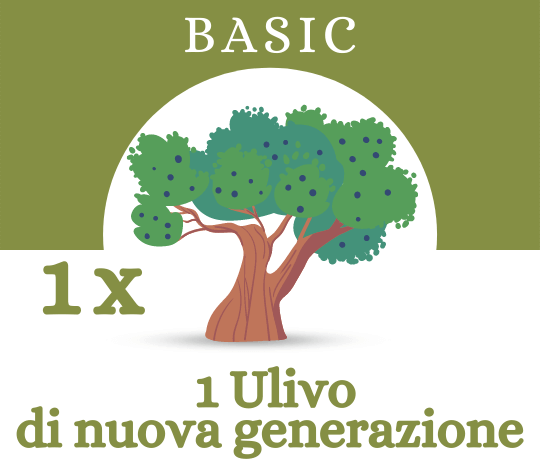INTRODUCTION: What is Xylella?
Xylella Fastidiosa , commonly known as Xylella, is a bacterium that spreads in the plant’s lymphatic vessels, i.e. the vessels responsible for the supply of water and mineral salts.
How does this bacterium work in plants?
It creates a thick gelatinous mucilage that clogs the vessels, preventing lymph and other nutrients from flowing into the plant’s lymphatic vessels, which are essential for hydration of the foliage.
It is possible to affirm that the main consequence of the attack of this bacterium on the olive trees is their desiccation (phenomenon also known as CoDiRo : Rapid drying process of the Olive tree). This phenomenon has affected above all several secular olive trees present in Southern Italy, also causing damage to the historical heritage of the country, as well as economic and landscape. In fact, by blocking the passage of nutrients, the bacterium causes the death of the plant.
This bacterium spreads through an insect, called “spittoon”; its name derives from the fact that it produces a foam in which it lives, protects itself from evaporation and hides.

WHERE DOES IT COME FROM?
It seems that this bacterium was imported from Central America to Europe, from Costa Rica to Salento, through ornamental plants and coffee plants.
The first presence of Xylella in Puglia , in particular in Gallipoli, was detected about ten years ago, but that was only the beginning.
The second wave occurred in 2015, hitting crops in the provinces of Lecce and Brindisi.
To date, the Xylella has reached Fasano and is advancing almost 2 kilometers per month.

ECONOMIC IMPACT OF XYLELLA
Affecting about fifteen varieties of plants, the olive tree is the one that is suffering the most disastrous consequences.
In 2018 there was a 73% drop in olive production, which led to a reduction in oil production. In particular, Puglia, which alone managed to reach about a third of the national production of olive oil, was affected by the devastating problem of Xylella, which has infected more than 21 million olive trees.
The rapid advance and spread of the bacterium aggravated the situation in a very short time . The legislator, trying to dwell on possible precautions, did not encourage the search for a concrete solution against the bacterium, contributing to aggravate the situation.
Very recent data, referring to the production of 2019/2020, have stated that in the Lecce province it has decreased by 90%.
It is also necessary to take into account the economic impact on the workers and of the mills which, not having the raw material available, cannot work and, therefore, cannot even start the plants.
More than 5,000 farmers have lost their jobs, operating in the extra virgin olive oil supply chain before this sector suffered the serious attack of Xylella.
WHAT HAS THE LAW PROVIDED FOR?
In recent years, the Ministry of Agriculture has adopted various decrees to try to remedy the great problem of Xylella, which affects all of us: the proposed solutions are the removal of olive trees and the use of a high amount of herbicides and insecticides. .
Providing the use of insecticides to try to fight this bacterium can cause damage to pollinating insects, heavily pollute the soil and aquifers, but above all alter the quality of the final product.
To encourage the removal of olive trees, compensation has been provided to those who remove the plant, whether it is sick or healthy, and financial penalties for those who oppose it.
Recognizing compensation for those who plant olive trees discourages any approach that aims at environmental prevention or precaution.
Trying to remedy Xylella with these decrees has caused a general resignation of public opinion to the fact that this plague is unbeatable, unstoppable.

POSSIBLE SOLUTIONS AGAINST XYLELLA
In 2015, by treating some infected trees with specific products (such as fertilizers, fertilizers and bio-stimulants, but not insecticides), it was possible to overcome the presence of the bacterium and to preserve the survival of the olive trees.
Another possible solution is that of planting varieties resistant to the bacterium , such as Leccino and Favolosa , which seems to be the best remedy, because it has a positive impact both on an economic and landscape level.
The “ Olivami ” project has as its fundamental objective that of preserving the Apulian landscape, as well as resuming the production of olives and olive oil.







